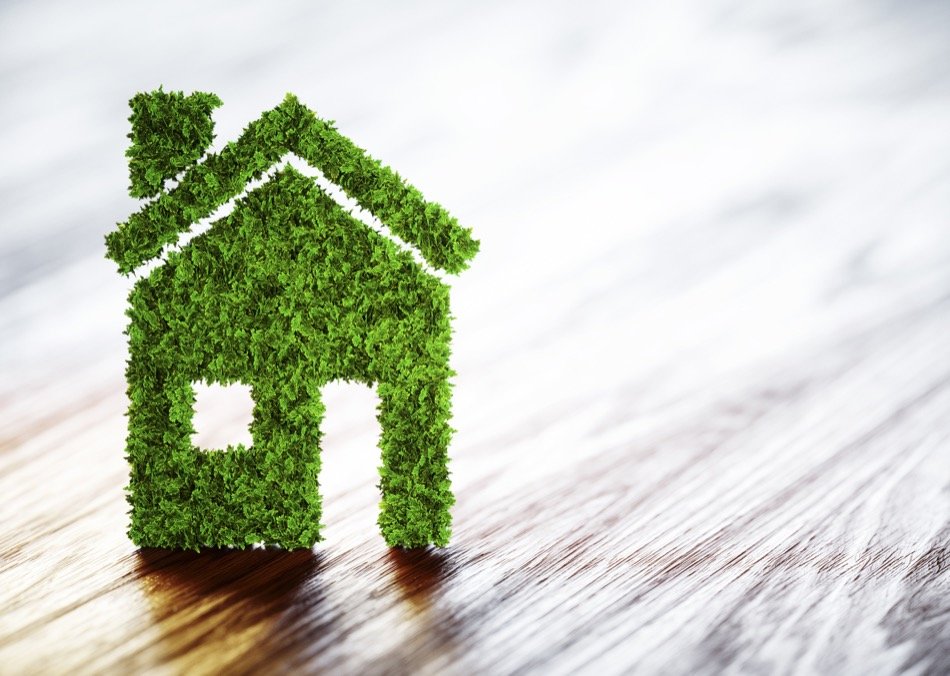
In a world of climate change, rapid urbanization, and rising environmental concerns, sustainable building materials are no longer a nice-to-have. They’re a must. When you build a business or your first home, the materials you use have a direct impact on the health of the planet and the building itself over time.
This blog makes it easy to learn about, compare, and choose the best eco-friendly building products for your next project.
What kinds of things are good for the earth?
Environmentally friendly ways are used to collect, make, use, and throw away sustainable building materials. They want to cut down on the amount of carbon they release, keep natural resources safe, and help make ecosystems inside and outside the company healthier.
These materials:
- Last a long time and don’t break easily;
- Can be recycled, reused, or biodegraded;
- Are made locally to reduce pollution from shipping;
- Aren’t made with chemicals or fumes that are bad for the environment.
What are the benefits of using eco-friendly building materials?
Eco-friendly materials are great for everyone, from homeowners to builders and engineers.
- Environment is more protected.
- By cutting down on carbon pollution and tree cutting, sustainable materials help protect the Earth’s resources.
- Better air quality inside for health
- Low-VOC and non-toxic materials are better for people’s health because they expose them to fewer chemicals that are bad for them.
- Energy use that is smart
- Roofing materials that reflect light can save you a lot of money on heating and cooling bills.
- Saving money on costs over time
- Overall, they are cheaper in the long run because they last longer, need less maintenance, and use less power.
- Added value to the house
Concerned about the environment, homes and buildings often sell for more money and can get green certifications like LEED or IGBC.
What you should know about some eco-friendly building materials
These products are getting more popular in India and around the world since they are eco-friendly:
- Coal ash and other waste are used to make fly ash bricks. These red bricks keep heat in better and use less water and cement.
- AAC Blocks (Autoclaved Aerated Concrete):
- They’re light, eco-friendly, and easy to recycle;
- They lower the load on structures and insulate well;
- They’re great for green homes and other eco-friendly housing projects.
- Recycled steel:
- Reuses used materials without losing strength;
- Reduces the need to mine and make new steel, which takes a lot of energy;
- Bamboo is an option to wood that grows quickly and is strong, flexible, and good for both decoration and carrying weight. It works great for homes in semi-urban and rural places.
- Paints and glues with low VOC
- Improve the air inside and lower the risk of allergies or breathing problems;
- Let out fewer pollutants;
- Recycled plastic and composites are used to make outdoor decks, panels, and even tiles. They keep trash out of landfills and last a long time.
- Roofs made of cool materials reflect more sunlight and soak up less heat, so in hot places you don’t need to use as much air conditioning.
Earth-based materials like mud blocks, rammed earth, and adobe Natural materials that don’t need to be processed much and have low embodied energy that keep heat in and air out.
Advice on How to Choose the Cleanest Building Materials
If you’re just starting out, here is a list of steps:
- Find out where it is and what the weather is like.
- A lot depends on the weather.
- Certain things work better in hot places because they have a lot of heat mass.
- Look at the life cycle.
- Examine not only the cost, but also how the product works, how long it lasts, and how it is thrown away when it’s finished.
- check the credentials.
- Look for green certifications like the ISI Mark (India), goods that are approved by IGBC or GRIHA, materials that are LEED-compliant, and EPD (Environmental Product Declaration).
- Collect things close by if you can.
- Vehicles should produce less carbon dioxide. This is also true for things that are made nearby: they save the earth.
- Get advice from experts
- You can get help from architects, structural engineers, and sites like ArQonZ to find a good balance between cost, performance, and sustainability.
How ArQonZ promotes green building
In India and around the world, we want to be the best at building in an eco-friendly way. Users of our AI-powered platform can:
Read reviews of green-certified sellers that sell eco-friendly building materials It’s important to weigh price, performance, and environmental impact. Get smart tools to help you find the eco-friendly stuff you need for the job. Tracking material sales is simple, from getting a quote to getting the materials delivered. For green building, you can also get in touch with builders and workers.
You can use ArQonZ to build quickly and environmentally friendly, no matter if it’s your first time or you’ve done it many times before.
Lastly,
Going green with your building materials is a big step toward a better future for everyone, not just your project. It’ll also help people in the future. The most enjoyable part? It does not have to be hard or cost a lot of money.
You can make places healthy and last longer, have less of an effect on the environment, and save money on energy costs if you plan ahead and pick the right materials.